How SLPs Can Support Students with Disabilities in English Class
October 6, 2022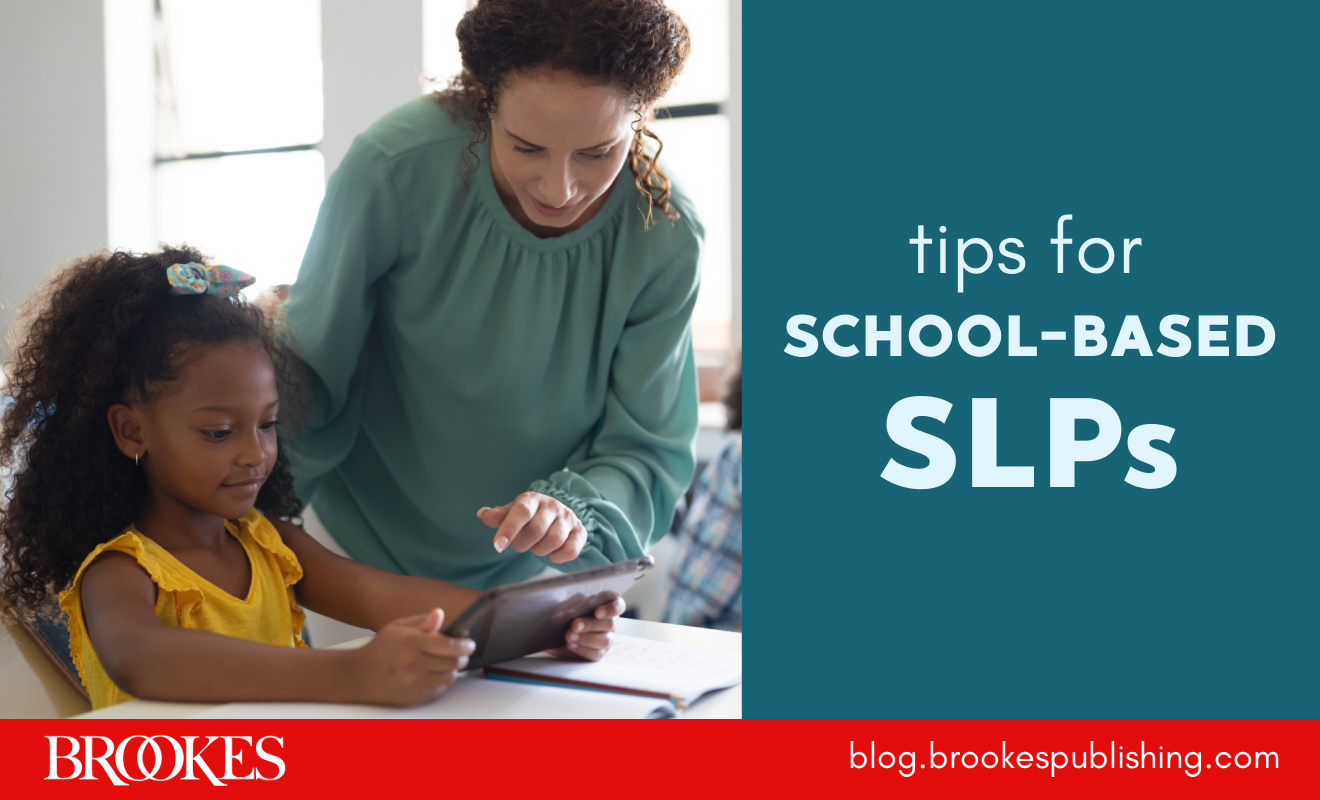
If you’re a school-based SLP supporting students in elementary and middle schools, today’s post is for you!
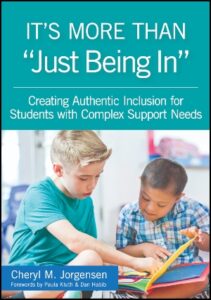 In her inclusion guidebook It’s More Than “Just Being In,” Cheryl Jorgensen answers an important question: if a student is a beginning reader, does not have any writing skills, and has limited speech intelligibility, does it make sense for an SLP to help include them in the regular English language arts class? Jorgensen’s answer is an unequivocal “yes.” Here, she offers seven good suggestions for SLPs who want to support a student’s participation and learning in an English class—or any academic class.
In her inclusion guidebook It’s More Than “Just Being In,” Cheryl Jorgensen answers an important question: if a student is a beginning reader, does not have any writing skills, and has limited speech intelligibility, does it make sense for an SLP to help include them in the regular English language arts class? Jorgensen’s answer is an unequivocal “yes.” Here, she offers seven good suggestions for SLPs who want to support a student’s participation and learning in an English class—or any academic class.
Make sure that your student has a way to communicate about what will be going on in the general education class—academic and social subjects. They should have a way to fulfill the following communicative functions or purposes:
- Expressing feelings and sensory states
- Establishing social closeness with peers and adults
- Requesting
- Making choices
- Asking questions
- Providing information
- Answering questions
- Making comments
- Refusing
Conduct an AAC evaluation. If your student does not communicate in ways that are commensurate with their same-age classmates without disabilities, then you ought to have an AAC evaluation done. Reassure your team that providing the student with augmented ways to communicate will not decrease verbal communication, but it may increase it.
Provide your student with fully accessible books and other text materials. Conduct an internet search before creating an accessible book or other text to see if someone else has already created it. Enter these words into the browser’s search box and you might find appropriately adapted materials:
- Title of book + adapted
- Title of book + modified
- Title of book + accessible
To learn about sources for adapted books and get tips for creating your own from scratch, see chapter 5 of It’s More Than “Just Being In.”
Take the time to plan the supports your student will need in class. Identify supports your student will need during the recurring routines that repeatedly happen in language arts, such as whole class discussion, partner reading, vocabulary study, spelling, journal writing, and guided reading. Think about what your student’s priority learning objectives will be for each unit of study or book. (The planning form in chapter 9 of It’s More Than “Just Being In” can help.)
Figure out which supports the student needs for writing. Some possibilities include:
- Having someone scribe for them
- Using speech-to-text software, such as Dragon Naturally Speaking
- Having the student plan what they want to write using graphic organizer software (such as Inspiration) and convert the completed graphic organizer to the outline format, and then supporting the student to build sentences from there
- Using software or apps, such as Abilipad, First Author, Co:Writer Universal, Clicker Connect, or Read&Write
Have one-to-one or small-group reading instruction to build your student’s fundamentals. Schedule this supplemental instruction at a time when the student will not miss out on core academic instruction. That can be a real challenge, because everything is important. One student might get this instruction during the first half hour of the day when all students go to different classrooms for reading instruction. Another student might get supplemental special education services after school that are focused on “closing the gap” instruction in literacy and math, so that the student doesn’t have to miss even one period of being with classmates during the day.
Plan push-in strategies. As an SLP, you should begin to plan for how you will “push in” to the language arts (or any other) class to support the student. Pull-out language therapy has some serious drawbacks. The goal is to support your student in the classroom to ask questions, read with fluency, identify main ideas from a story, and expand vocabulary.
Participation in English class will help students develop important reading skills, both for education and for enjoyment. All students of all ability levels have the right to participate in class and have their literacy skills supported. Use the reminders in this post as a guide for facilitating access to language arts and other academic classes, and pick up Cheryl Jorgensen’s book for more practical information.

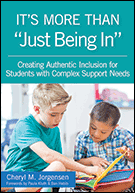
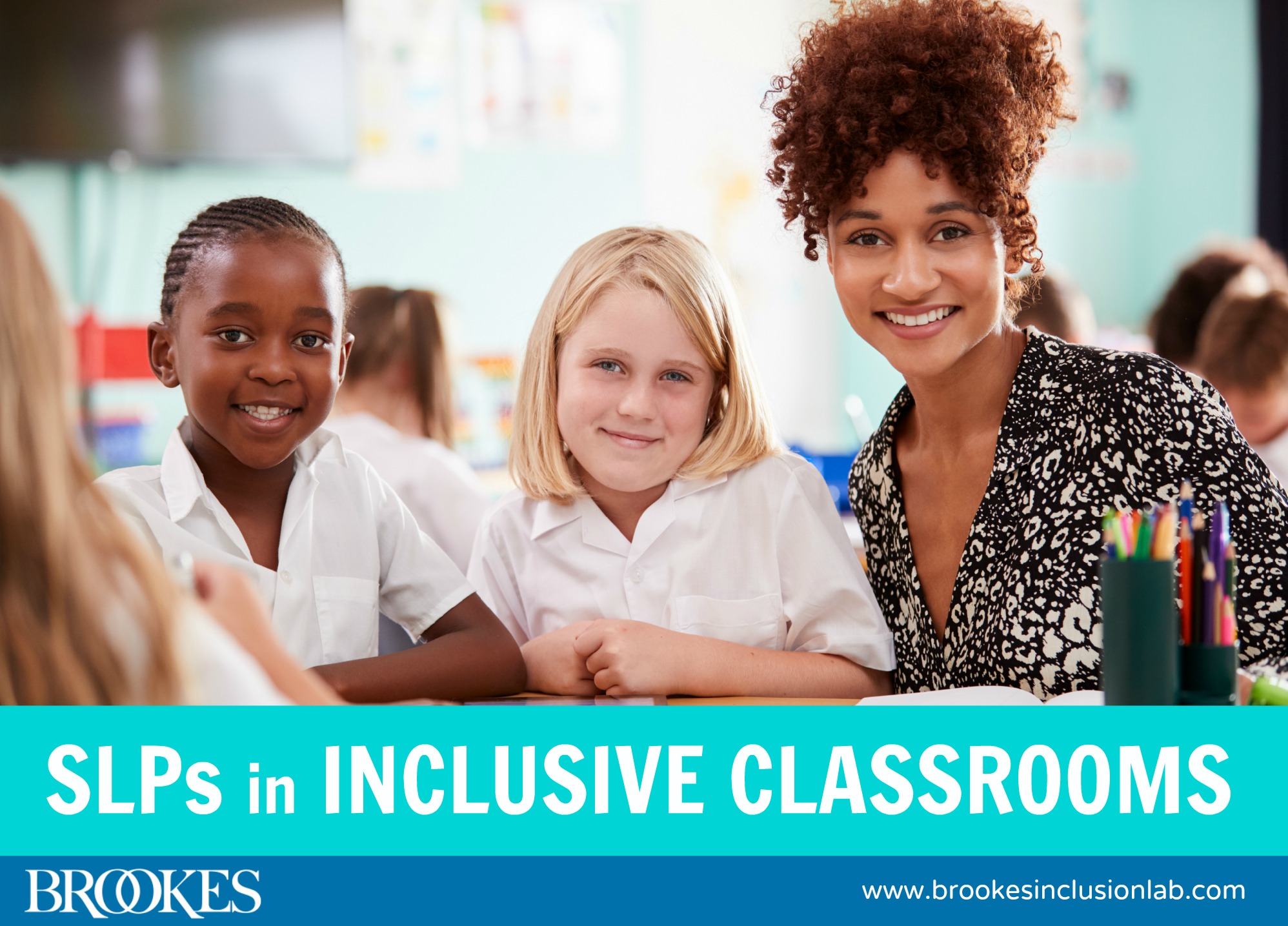
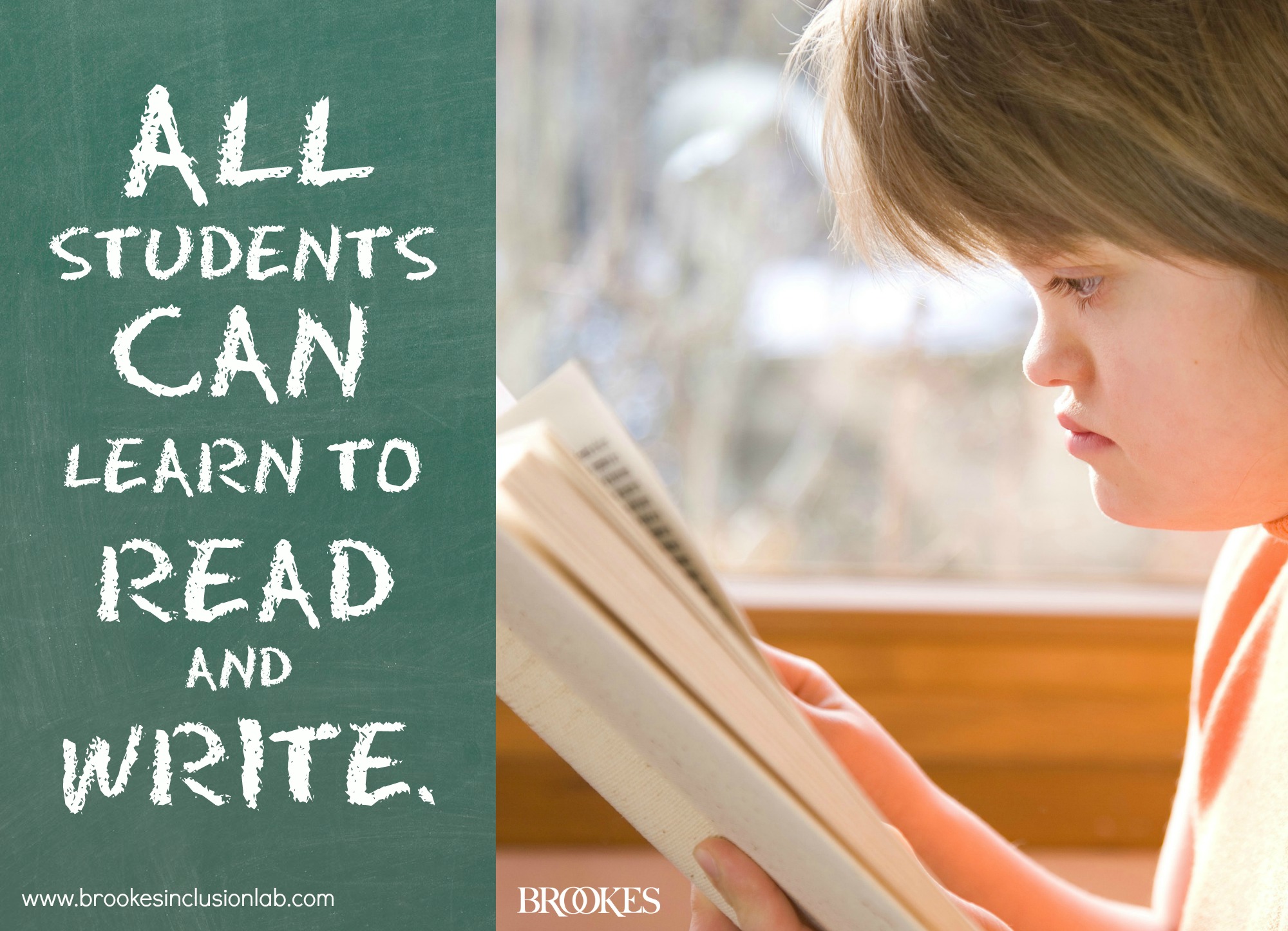
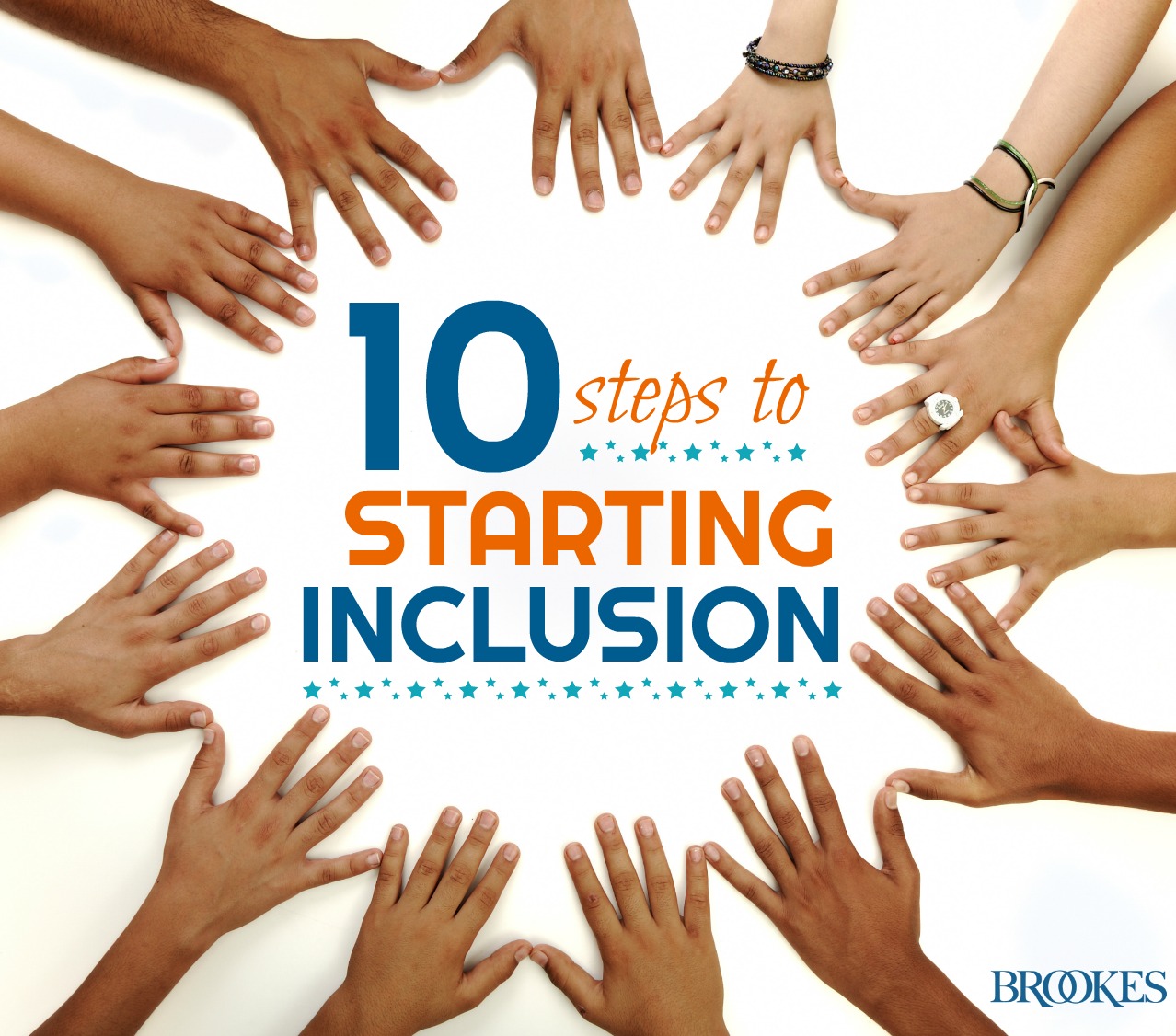
Write a Comment
Your email address will not be published. Required fields are marked *
Post a Comment